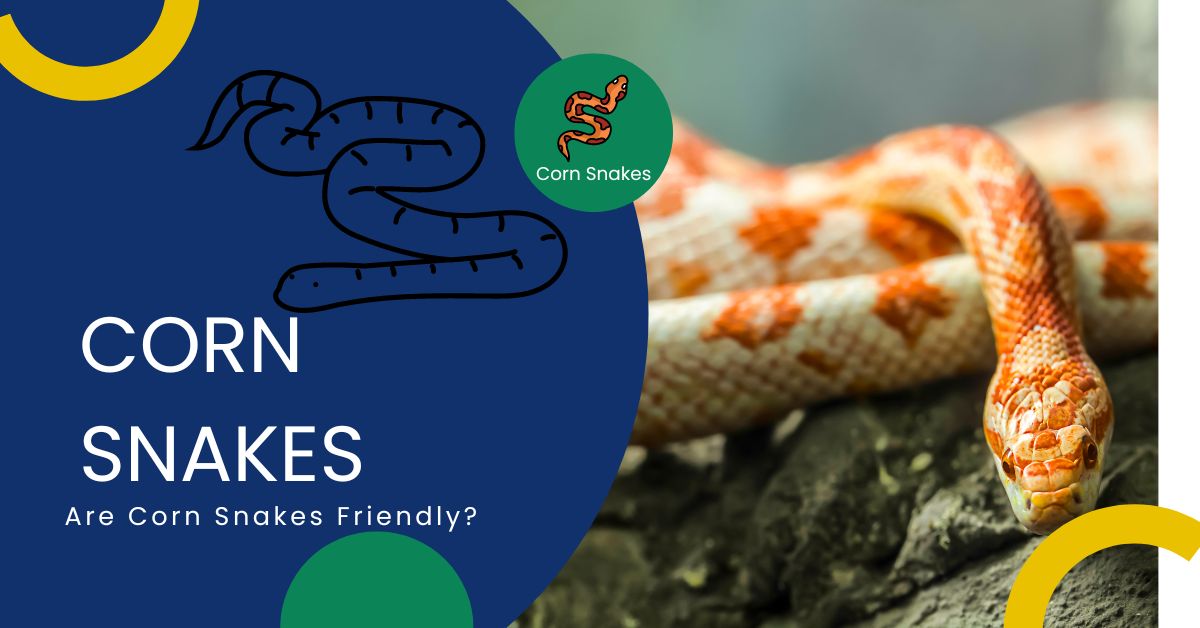
Are Corn Snakes Friendly? : A Complete Guide
Corn snakes, with their hanging patterns and possible length, have end up a popular preference among reptile fanatics.
Known for his or her docile nature and simplicity of care, they’re often advocated for each beginner and experienced snake proprietors.
But just how friendly are these colourful serpents?
Understanding Corn Snake Behavior
Corn snakes (Pantherophis guttatus) are non-venomous constrictors local to the southeastern United States.
In the wild, they inhabit overgrown fields, woodland openings, and deserted buildings. Their primary food regimen consists of rodents, which they skillfully hunt and constrict.
One of the defining traits of corn snakes is their temperament. Generally, corn snakes are known for being calm and docile.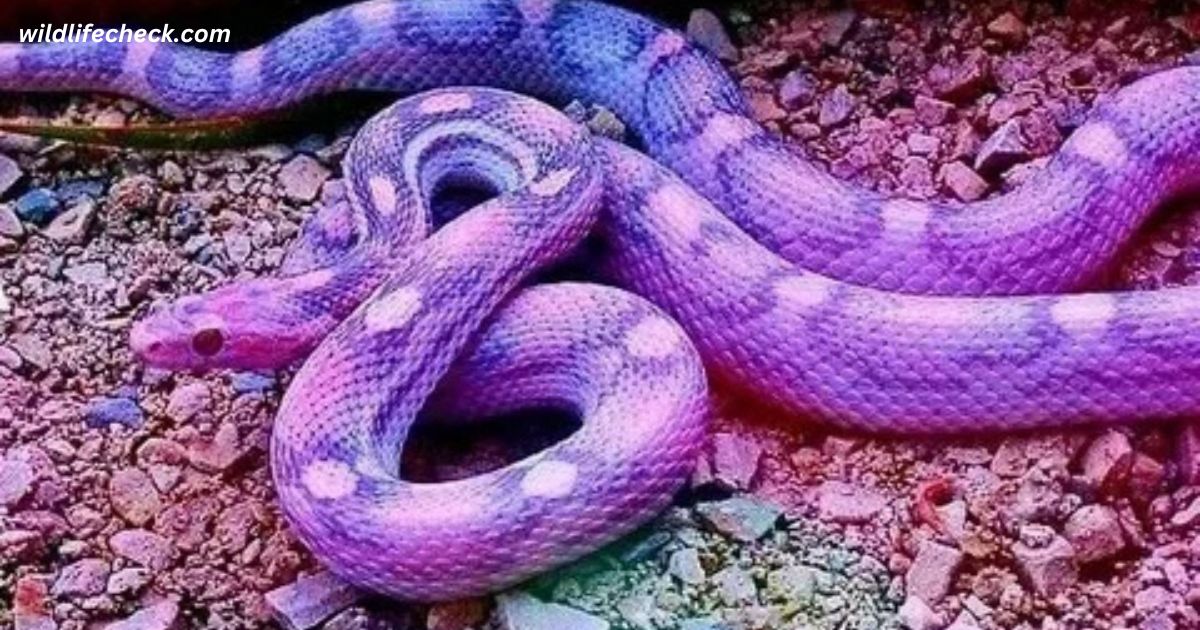
Unlike some other snake species that would show off protecting behavior, corn snakes are generally extra tolerant of dealing with.
This makes them an superb desire for people trying to have interaction with their pet snakes often.
Factors Influencing Friendliness
Several elements make contributions to the perceived friendliness of corn snakes:
Genetics: Some corn snakes are certainly extra inclined to be calm and gentle due to their genetic make-up.
Breeders often choose for those trends, which helps in producing snakes which might be greater predictable of their behavior.
Socialization: Like many animals, corn snakes advantage from everyday, gentle dealing with from a young age.
Early socialization enables them grow to be accustomed to human interaction, lowering strain and protective behaviors.
Environment: A well-maintained surroundings performs a essential role in a corn snake’s demeanor.
Proper temperature, humidity, and hiding spots help them feel steady and reduce pressure.
Individual Personality: Despite general developments, every corn snake has its personal precise personality.
Some can be clearly more curious and tolerant of managing, whilst others is probably shy and like minimal interaction.
Handling and Interaction
When it involves coping with, corn snakes are commonly very tolerant. They rarely chunk and frequently discover their surroundings when held.
It’s critical to support their frame and keep away from unexpected actions, that may startle them.
Regular, mild dealing with facilitates build accept as true with and familiarity, making the snake extra snug over time.
For those new to owning snakes, it is crucial to method coping with with endurance.
Initially, a corn snake is probably a piece skittish, but with consistent and calm interplay, they frequently turn out to be more relaxed and assured.
Potential Challenges
While corn snakes are normally pleasant, there are a few challenges to recall:
Stress Responses: Like all animals, corn snakes can enjoy stress.
Signs of stress consist of hissing, striking, or trying to escape.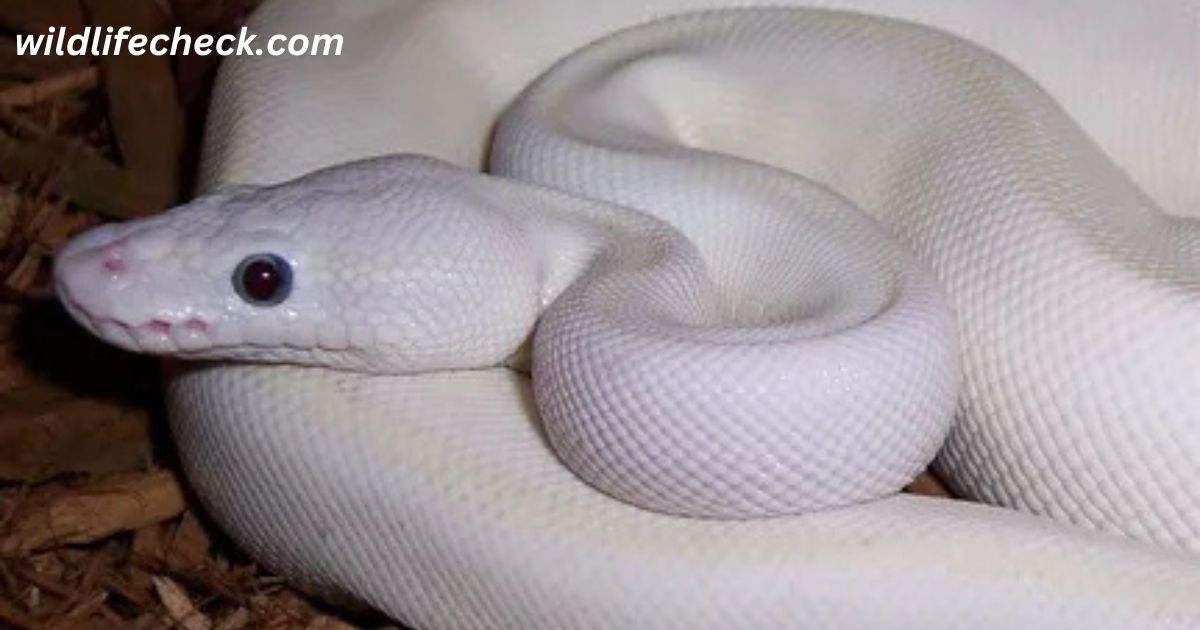
It’s essential to recognize those signs and deliver the snake time to calm down.
Feeding Response: During feeding times, corn snakes would possibly become more lively and alert.
Handling them in the course of or without delay after feeding can increase the threat of a protecting bite.
Health Issues: Illness or pain can affect a corn snake’s behavior.
Regular fitness exams and activate veterinary care are critical for preserving their nicely-being and friendliness.
Conclusion
Corn snakes are broadly regarded as one of the friendliest snake species to be had to reptile lovers.
Their calm demeanor, possible length, and simplicity of care lead them to an amazing choice for each beginners and skilled keepers.
With right dealing with, socialization, and a nicely-maintained surroundings, corn snakes can emerge as a delightful and friendly addition to any household.
As with any puppy, information their wishes and respecting their herbal behaviors is key to constructing a high-quality and enriching dating.

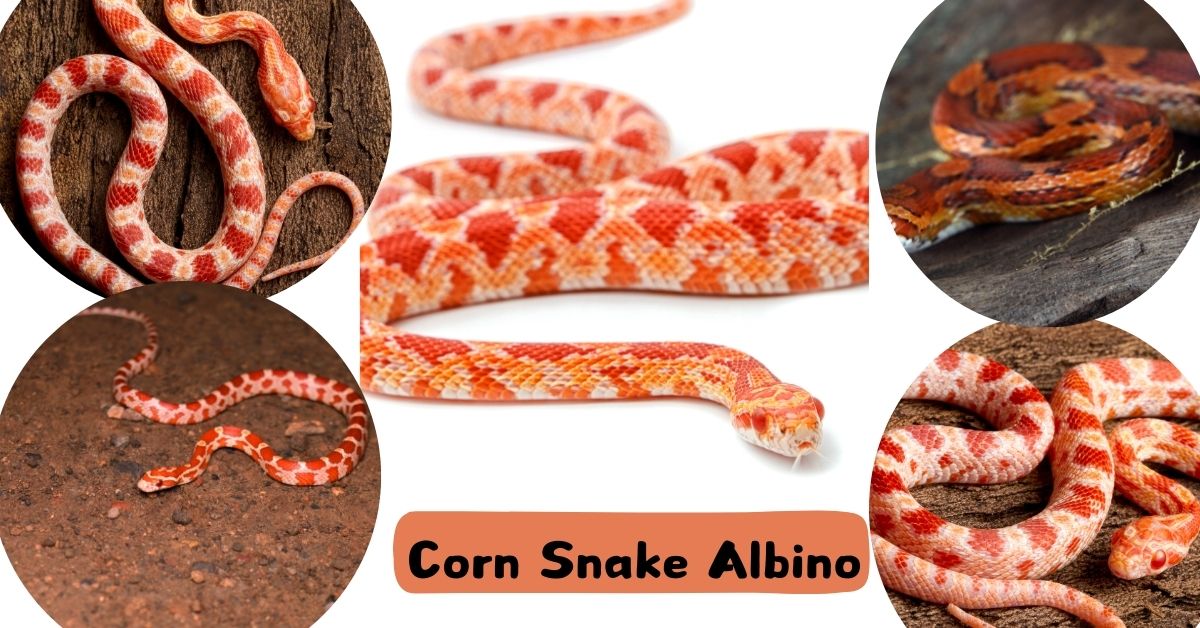
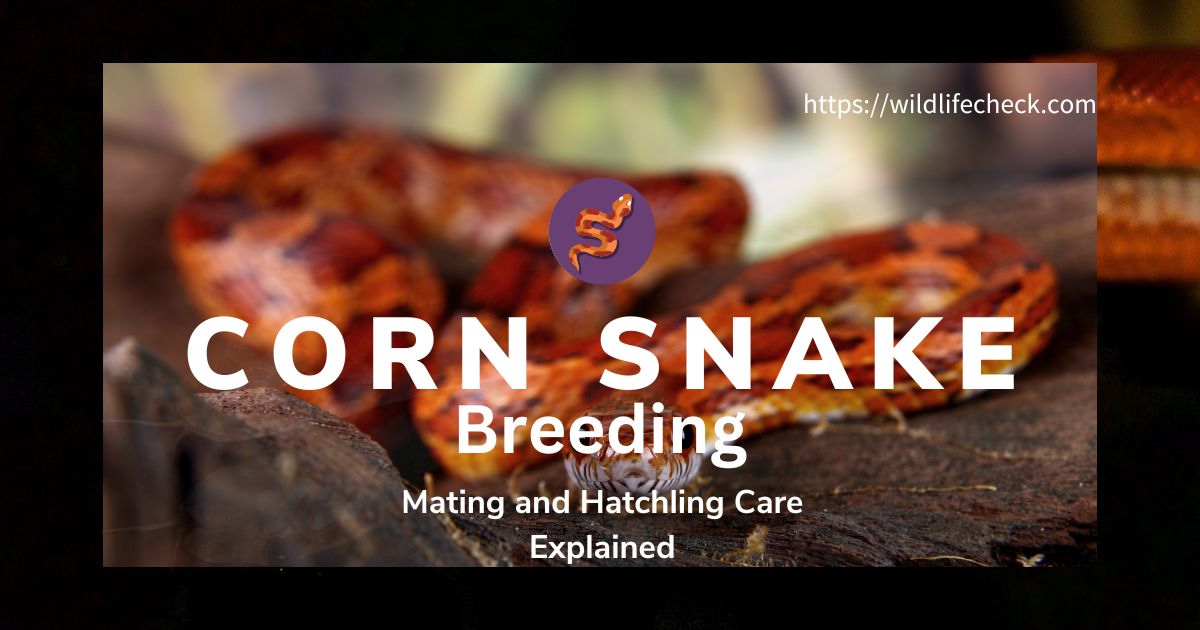
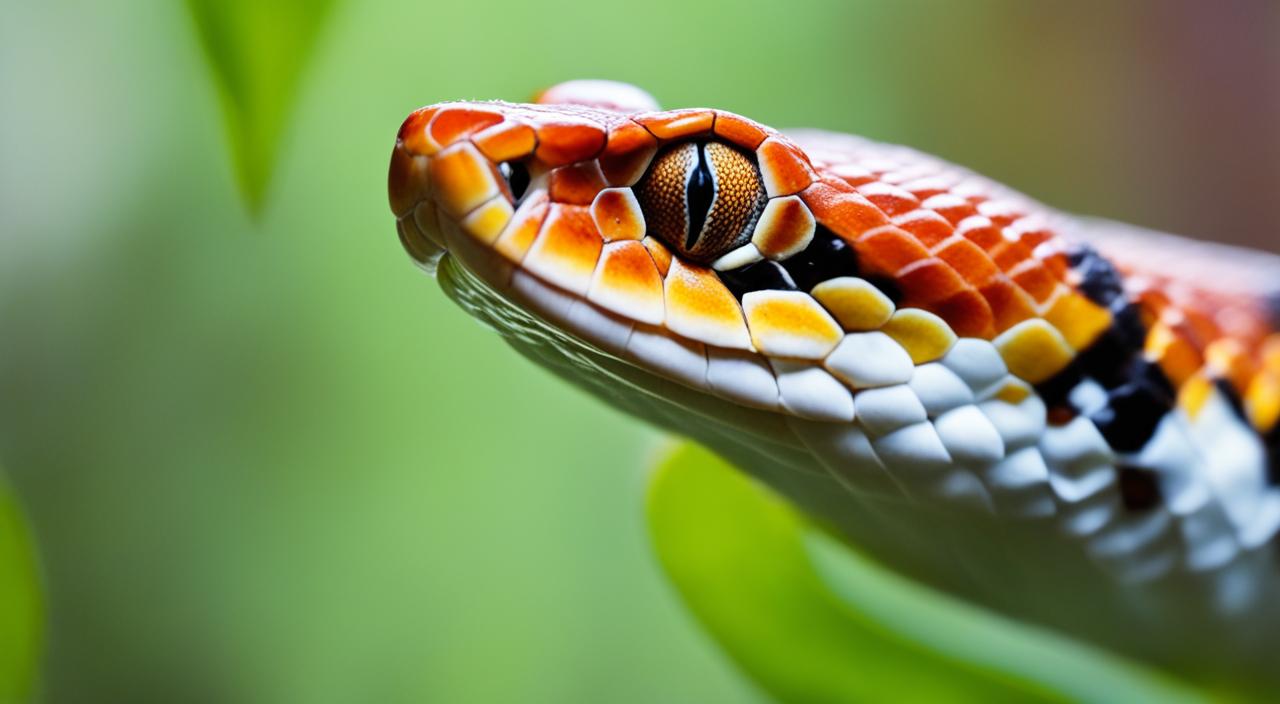

Your blog is a treasure trove of valuable insights and thought-provoking commentary. Your dedication to your craft is evident in every word you write. Keep up the fantastic work!
Yes sir thank you very much for encouraging me and i will continue my work
Mygreat learning I am truly thankful to the owner of this web site who has shared this fantastic piece of writing at at this place.
Fourweekmba I really like reading through a post that can make men and women think. Also, thank you for allowing me to comment!
Hello. excellent job. I did not expect this. This is a impressive story. Thanks!